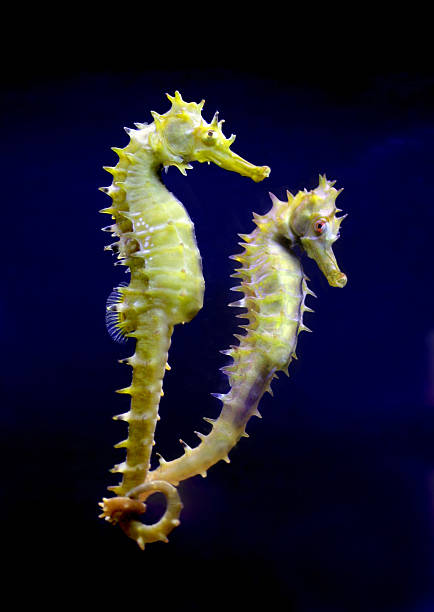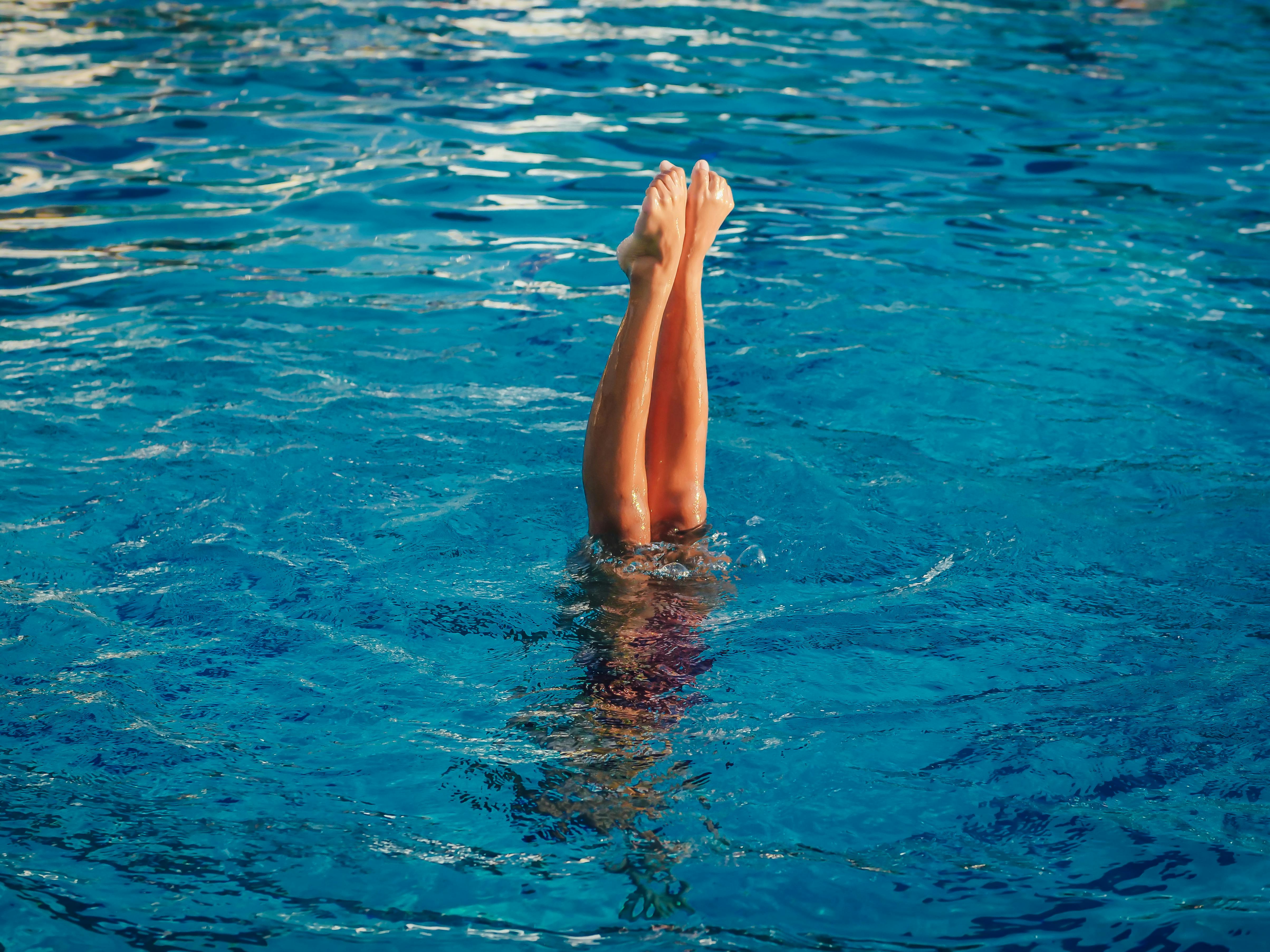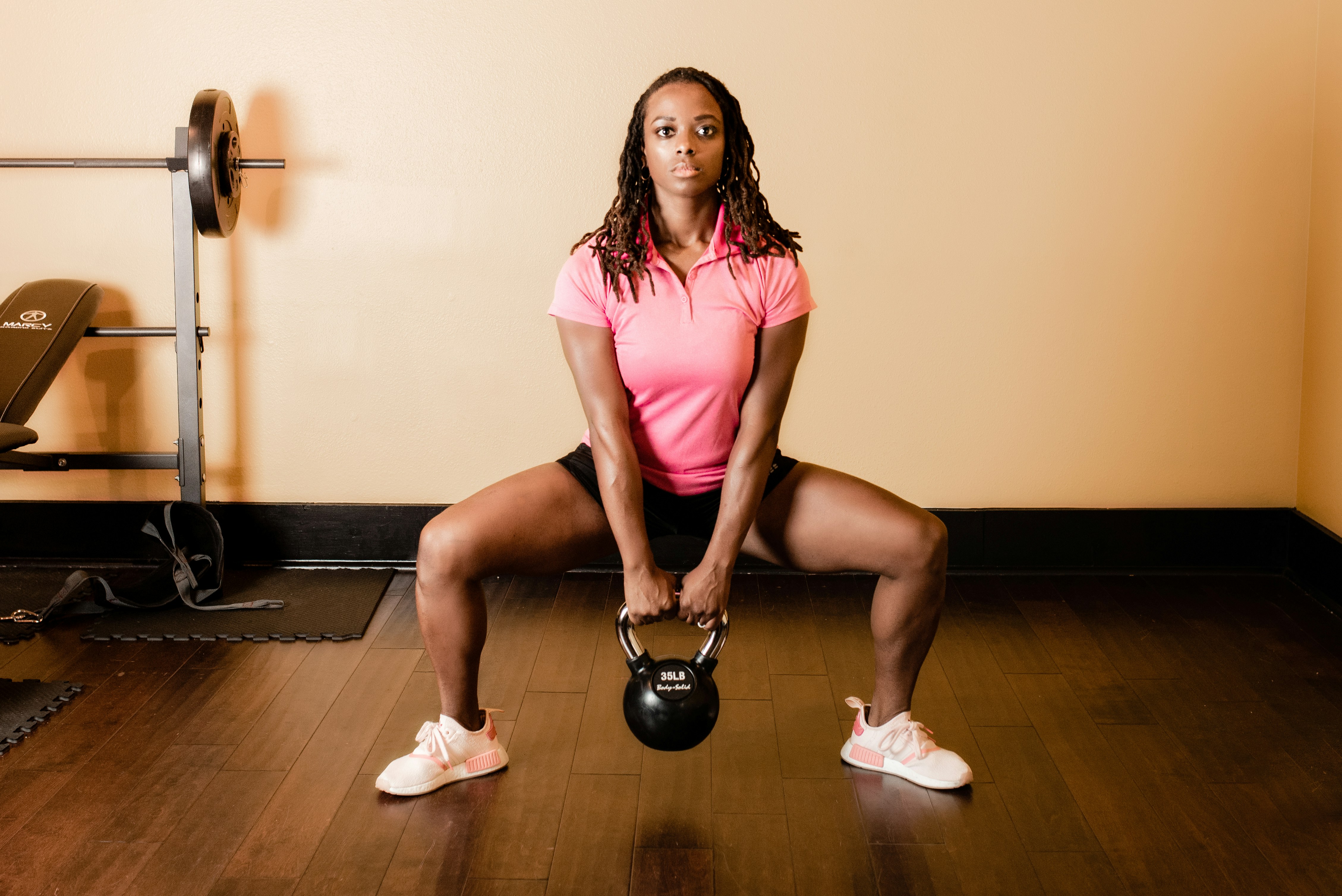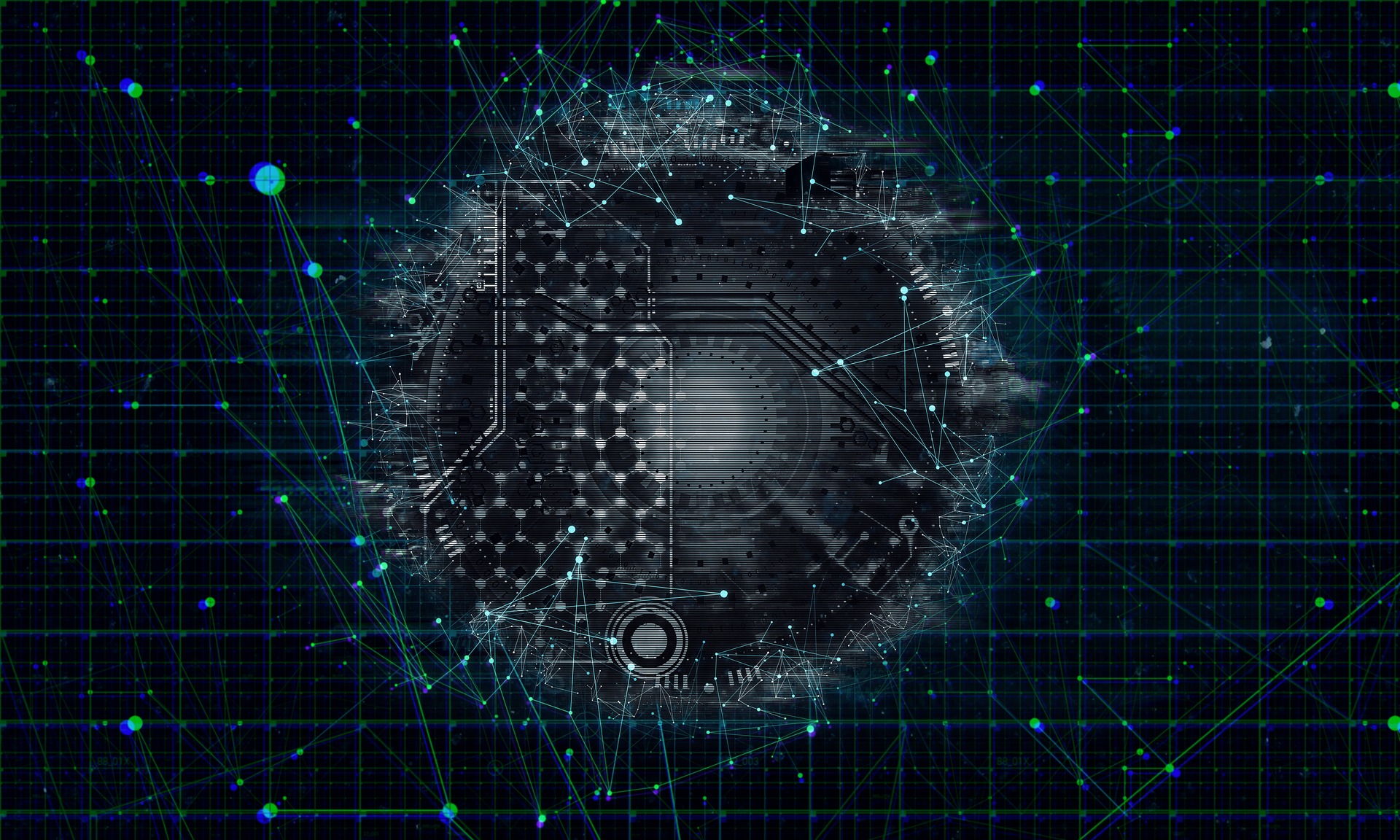The Enchanting World of Seahorse Parenthood: A Dive into Nature's Unique Role Reversal
Seahorses have long been a subject of fascination for marine biologists and animal lovers alike. These enchanting creatures, with their distinctive horse-like heads and curled tails, are not only captivating in appearance but also boast a unique characteristic in the animal kingdom. The male seahorses are the ones that get pregnant and give birth—a complete role reversal from most other species. This article takes a deep dive into the intriguing world of seahorse parenthood, shedding light on the various facets of this extraordinary natural phenomenon.

A Rare Phenomenon: Male Pregnancy in Seahorses
The biology of seahorses sets them apart from other aquatic creatures, thanks to the unique role the males play in reproduction. In most animal species, females carry the offspring during gestation, but in the seahorse world, this responsibility falls to the males. Male seahorses are equipped with a specialized pouch on their ventral, or front-facing, side. During mating, the female deposits her eggs into this pouch, after which the male fertilizes them internally. The fertilized eggs then remain in the pouch where they develop into juvenile seahorses, nourished by the male.
The Intricate Dance of Seahorse Courtship
The courtship ritual of seahorses is as fascinating as their role reversal in reproduction. It’s a complex and meticulous process that involves a series of dances and displays. The rituals can last for several days, during which the pair often change color, swim side by side, and perform a series of dances. This elaborate courtship ends with the female seahorse depositing her eggs into the male’s brood pouch.
The Challenges of Seahorse Fatherhood
Carrying the offspring is no easy task for male seahorses. The gestation period can last for two to four weeks, depending on the species. During this time, the male seahorse provides oxygen and nutrients to the developing embryos. Once the seahorses are fully developed, the male goes through a laborious process to give birth, expelling the tiny, fully-formed seahorses from his pouch. These newborns are then left to fend for themselves, receiving no further parental care.
Seahorses: Icons for Marine Conservation
Seahorses’ unique reproductive behavior and captivating beauty make them popular among aquarists and marine wildlife enthusiasts. However, they are also among the most threatened marine animals due to habitat destruction and overfishing. Conservation efforts are in place worldwide to protect these incredible creatures and their habitats, further highlighting the importance of understanding and respecting the intricate dynamics of seahorse reproduction.
The Economic Impact of Seahorse Trade
Beyond their biological interest, seahorses also have a significant economic footprint. They are often sought after for traditional medicines, curios, and aquarium displays, creating a thriving trade estimated to be worth millions of dollars annually. However, this trade has severe consequences for seahorse populations, necessitating stringent regulations and sustainable practices to ensure their survival.
The world of seahorses offers us a captivating glimpse into nature’s infinite variety and resourcefulness. Their distinctive reproductive process, where males shoulder the responsibility of pregnancy, is an intriguing exception to the norm, painting a vivid picture of the many ways life can adapt and evolve. As we continue to study and appreciate these remarkable creatures, their story serves as a potent reminder of the countless wonders that lie beneath the ocean’s surface, waiting to be discovered and protected.





